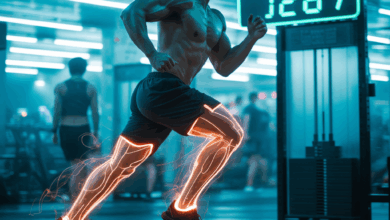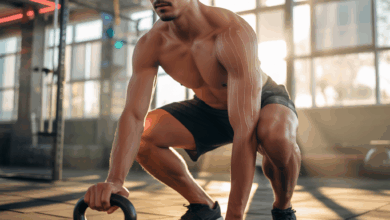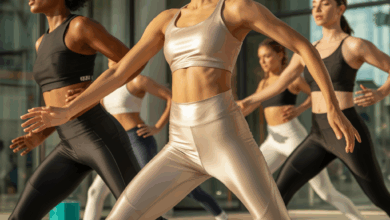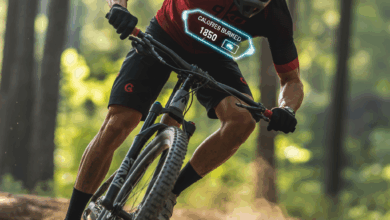How Many Calories Do You Burn Riding a Motorcycle? Real Numbers, Tips & Workout Hacks
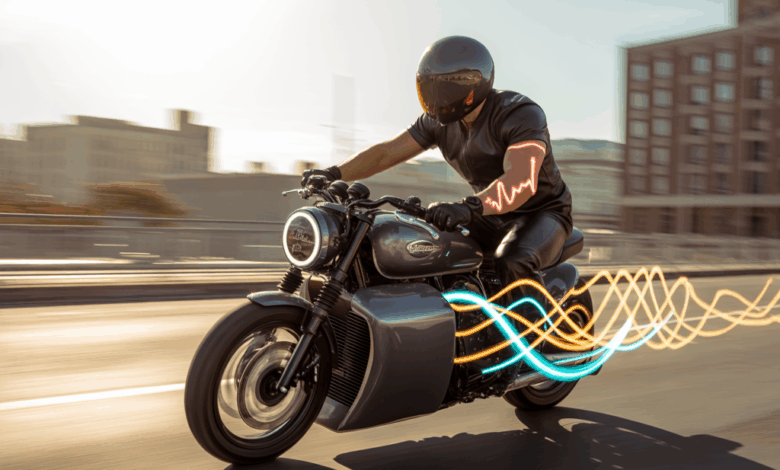
Ever finished a long ride, parked the bike, and wondered: did I just burn any meaningful calories, or was that whole trip just mental fuel? Whether you commute to work on two wheels, tackle twisty roads on weekends, or rip through trails on a dirt bike, understanding how many calories do you burn riding a motorcycle helps you plan fitness, diet, and recovery like a pro.
Why motorcycle calorie burn isn’t as simple as the odometer
Calories burned while riding vary widely. Unlike running or cycling, motorcycling combines long periods of sitting with short bursts of intense physical demand — balancing, counter-steering, clutching in traffic, and standing on pegs off-road. Factors such as rider weight, bike type, terrain, speed and riding style all change how many calories you use.
How many calories do you burn riding a motorcycle? Real numbers and examples
We can estimate calorie burn using METs (metabolic equivalents). One MET is your resting metabolic rate. Riding a motorcycle ranges roughly from 2 METs (easy cruise) to 6+ METs (aggressive off-road). Use this formula for a quick estimate:
Calories per minute = (MET × body weight in kg × 3.5) ÷ 200
Estimated calorie burn by riding type (examples)
- Leisurely highway cruise (≈2.0 METs)
- 70 kg (155 lb): ~2.5 kcal/min → ~150 kcal/hour
- 90 kg (198 lb): ~3.2 kcal/min → ~190 kcal/hour
- Active road riding (twisty roads, traffic, ≈3.5 METs)
- 70 kg: ~4.3 kcal/min → ~260 kcal/hour
- 90 kg: ~5.5 kcal/min → ~330 kcal/hour
- Off-road/motocross (standing, high effort, ≈6.0 METs)
- 70 kg: ~7.4 kcal/min → ~445 kcal/hour
- 90 kg: ~9.5 kcal/min → ~570 kcal/hour
Real-world example: a 160 lb rider doing a 2-hour canyon ride with lots of lean and active inputs might burn roughly 450–600 calories total. The same rider on a long interstate cruise might burn only 200–300 calories over two hours.
What affects motorcycle calorie burn?
- Rider weight: Heavier riders burn more calories for the same activity.
- Bike type: Big cruisers are more stable and less physically demanding than lightweight sportbikes or dirt bikes that require active balance.
- Terrain & speed: Tight twisties, stop-and-go city traffic, and off-road sections demand more muscle engagement.
- Riding style: Aggressive riding with more body movement increases expenditure.
- Duration & breaks: Long steady riding burns differently than short bursts or interval-style riding.
Is riding a motorcycle good exercise?
Short answer: yes, but it’s situational. Motorcycle riding trains balance, core stability and grip strength, and higher-intensity off-road riding provides a solid aerobic and muscular challenge. For cardiovascular fitness and calorie deficit, combine riding with targeted workouts.
How to make riding more of a workout
- Stand on the pegs during long off-road sections to recruit legs and core.
- Choose twisty routes where you must actively counter-steer and engage your core.
- Add purposeful intervals: push a spirited 5–10 minute effort, then recover with calm cruising.
- Ride lighter bikes or remove unnecessary luggage to encourage more dynamic handling.
Practical fitness tips and workout variations to complement riding
To get fitter for riding — and burn more calories overall — focus on core strength, posterior chain development, grip and shoulder stability. Below are actionable workouts and lifestyle tweaks that resonate with riders.
Weekly workout plan (sample)
- 2x Strength sessions (45–60 minutes): deadlifts, Romanian deadlifts, single-leg RDLs, goblet squats, farmer carries, bent-over rows.
- 2x Core & balance (20–30 minutes): planks, side planks, pallof press, single-leg balance on wobble pad.
- 1x HIIT (20 minutes): bike sprints, rowing or kettlebell complexes to mimic interval surges from aggressive riding.
- Mobility & recovery: foam rolling, thoracic mobility drills and hip openers after rides.
Exercise examples that help your riding
- Farmer carries — build grip and shoulder endurance for long-bar handling.
- Single-leg RDLs — improve balance and hip stability for cornering control.
- Kettlebell swings — increase posterior chain power for quick maneuvers.
- Grip squeezes and wrist curls — reduce hand fatigue on long trips.
Healthy lifestyle advice for riders
- Stay hydrated, especially on long rides — dehydration lowers focus and capacity to generate effort.
- Fuel smart: moderate carbs for sustained energy, lean protein for recovery, and healthy fats for satiety during long trips.
- Prioritize sleep — reaction time and muscular recovery depend on good rest.
- Warm up before spirited riding: 5–10 minutes of light mobility reduces injury risk.
Frequently Asked Questions
It depends on the intensity. Expect roughly 150–600 calories per hour: lower for relaxed cruising (≈150–250 kcal/hr), higher for active or off-road riding (≈300–600+ kcal/hr). Your weight and riding style shift these numbers.
Commuting provides some muscular engagement (core, grip), but as steady-state sitting it burns fewer calories than active exercise. Use shorter commutes as a complement, not a replacement, for targeted strength and cardio training.
Riding alone is unlikely to create a large calorie deficit unless you do high-intensity off-road sessions frequently. Combine riding with regular workouts, calorie-aware nutrition (see our nutrition guides) and consistent lifestyle habits for sustainable weight loss.
Conclusion — Use your ride as part of a bigger fitness plan
If you’ve been asking “how many calories do you burn riding a motorcycle,” the realistic answer is: it depends — from modest burns on long cruises to significant calorie expenditure during active off-road or sporty rides. Use riding to build balance and core endurance, then layer in targeted strength, HIIT and smart nutrition to meet fitness goals.
Want a plan that complements your riding schedule? Check our tailored workout routines and practical wellness tips to ride stronger, recover faster, and burn more effectively. Ready to take control of your fitness both on and off the bike? Start with one core exercise and one healthy meal swap this week — small changes add up fast.

